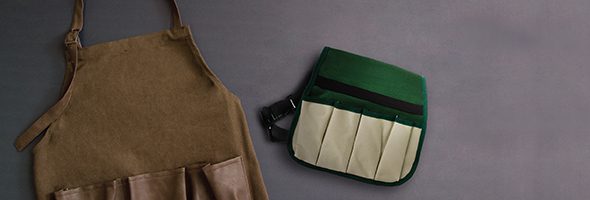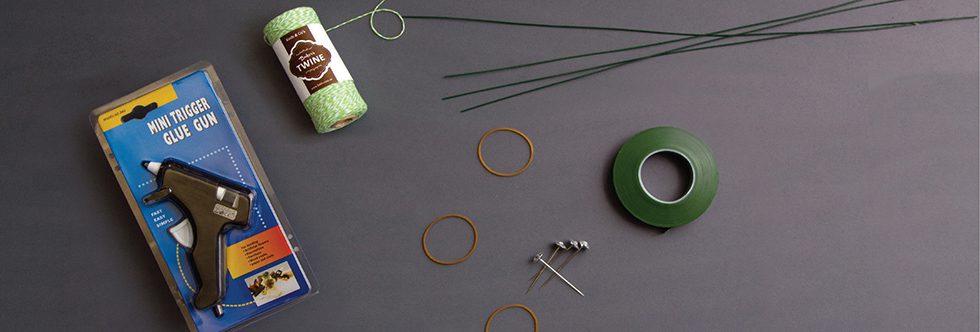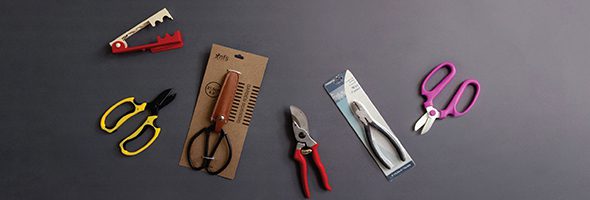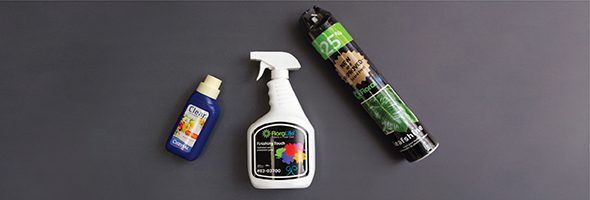
What Florist Supplies Do I Need For My Floristry Course?
If you’re just starting out in floristry, understanding what tools and florist supplies are actually needed to kick-start this career path can be a confusing and sometimes difficult challenge, especially if you don’t know where to even begin. Supplies are an essential when starting a floristry course, but you may not know what to buy, and end up buying unnecessary and costly items. However, having the right equipment can make all the difference when it comes down to making floral arrangements and the practical side of your course.
So, what tools do you need when you start a floristry course? Here is a complete guide for those wanting to become a professional florist.
Protection & Wearable

While you may not be in the most dangerous industry per se, having the right protection and gear to wear is not only going to make your life a lot easier, but a lot safer too.
An apron will keep you clean and dry when needed, whilst also handy when needing to store notebooks, pens and floristry tools. Purchase a heavy duty one so it can withstand the wear and tear you will come across every day.
Save time and space with a florist belt. Take your most essential cutting, wiring and binding tools with you on the go.
Wires & Binding

Keeping your floral arrangements secure and looking beautiful for extended periods of time isn’t some sort of florist magic – it’s all in the wires and tape!
Parafilm is used in conjunction with wiring to keep floral arrangements steady and secure. It’s waterproof, stretchy and durable, which is a must. Parafilm is also used to camouflage wires in arrangements. Floral tape can be purchased for similar uses.
There are a lot of wire varieties to choose from, but having a small but varied range of green florist wires of different gauges is a must when starting out. You can easily get small packs of florist wires to start with.
You will need pins for holding together certain arrangements or bouquets. There are decorative pins and but also specific florist pins that may be used.
Twine is an increasingly popular item amongst florists as not just a versatile tool but a decorative piece too. It can come in a range of lengths and thickness, but a natural twine can be used to start off with.
A pack of good, waterproof rubber bands is a must-have item for keeping bunches and bouquets of flowers together without leaving any marks behind.
A glue gun is a great asset to have in a florist course for all things that need to be secured with flowers, such as polystyrene, paper and fabric products.
Cutting Tools

Cutting is a constant thing you will be doing as a florist, so having the right cutting tools will make your life a lot easier.
Having a regular pair of scissors to cut wrapping paper, ribbons and other non-flower items is needed in addition to your florist scissors.
Florist scissors come in a range of styles and sizes, but you will need at least one pair for cutting foliage and more.
You will need a heavy-duty pair of wire cutters that can cut through all sorts of wire that you will be using as a florist.
Florist shears look like florist scissors, but instead have short and serrated blades. They are used for cutting wooded stems and will cut through plants or greenery without pinching the stem.
Roses sure are beautiful but being pricked by one of their thorns is not! You will need a rose stripper of any kind before you are able to use roses in your arrangements.
For more information on cutting tools, visit our Beginner’s Guide to Floristry Cutting Tools.
Flower Food & Foliage Treatment

Flower food and foliage treatment will make the flowers perform to their best and will create a high level of customer satisfaction with their flower purchase.
Using flower food in the water of cut flowers will enhance the life and vibrancy of your floral bouquets and arrangements. Flower food sachets can be bought in bulk and are not very expensive.
Although foliage and greenery are hardy, they also need similar care to your blooming flowers so they do not wilt. Foliage treatment such as hydration sprays are widely used to freshen up foliage just at the right time.
Now you’re equipped with the right tools, it is time to start your new journey as a florist! If you want to find out the next step on how to become a qualified florist, you can view an updated list of floristry courses across Australia on our website.
The post What Florist Supplies Do I Need For My Floristry Course? appeared first on Koch & Co Blog.